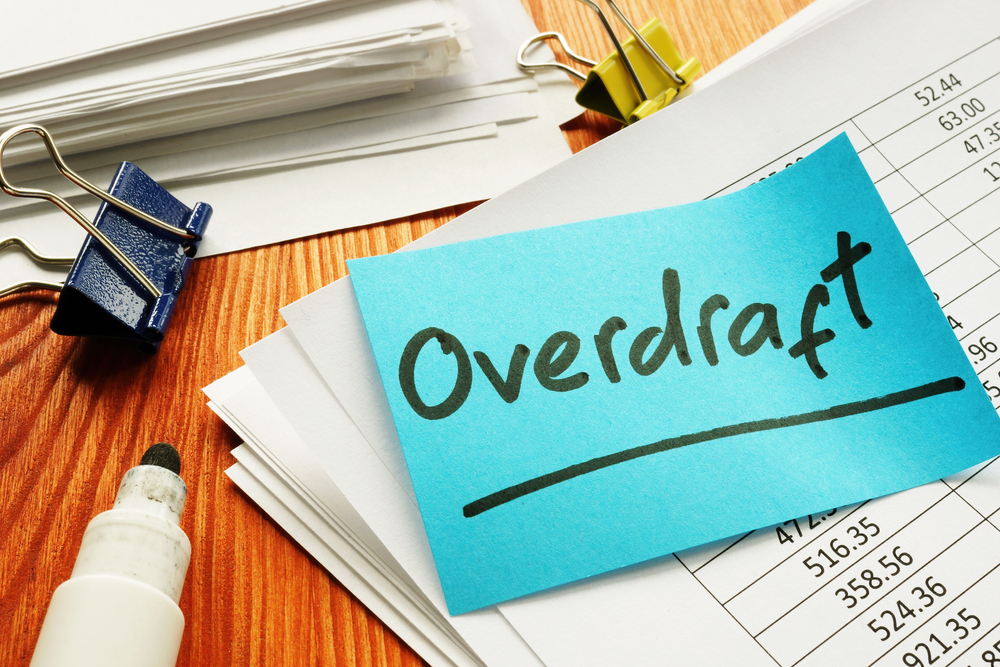
Shoppers lost more than £11.5m to cyber criminals during last year’s festive shopping period, with clothing, high-end tech products and cars among the most common products cited. Victims lost an average of £695 each.
This compares to reported losses amounting to £10.6m the previous year.
The latest figures, which come from reports made to Action Fraud and analysed by the National Fraud Intelligence Bureau (NFIB), revealed that 7,168 reports (43%) mentioned a social media platform, with online marketplaces being mentioned in 18.9% of reports.
The figures also revealed that those aged 30-39 submitted the largest number of reports (23%), closely followed by 40-49-year-olds (20%). The average age of victims was 42.
Richard Horne, CEO at the NCSC, said: “As we head into the holiday shopping season, people are understandably eager to find the best deals online.

Wellness and wellbeing holidays: Travel insurance is essential for your peace of mind
Out of the pandemic lockdowns, there’s a greater emphasis on wellbeing and wellness, with
Sponsored by Post Office
“Unfortunately, this is also prime time for cyber criminals, who exploit bargain hunters with increasingly sophisticated scams – sometimes crafted using AI – making them harder to detect.
“To stay protected, I strongly recommend following our online shopping guidance, including setting up two-step verification and creating memorable but secure passwords using three random words.”
Rocio Concha, director of policy and advocacy at Which?, said: “Fraud is the UK’s most commonly reported crime and many scammers will use the busy Black Friday shopping period as an opportunity to target shoppers.
“It’s good to see the NCSC and Government raising awareness of the scams epidemic, but the onus shouldn’t fall just on consumers to protect themselves. Tackling fraud must be made a national priority and the Government should lead a more coordinated approach by encouraging sectors to share data and stop scams spreading.
“New duties, equivalent to the obligations being introduced for banks and online platforms, should be placed on telecom providers, online advertising providers and domain registrars to ensure they verify the legitimacy of users.”
How to turn on two-step verification
The new figures were published on the same day as the NCSC launched a nationwide campaign, as part of the Government’s Stop! Think Fraud project, to encourage people to set up two-step verification on their most important accounts.
Two-step verification can usually be found in the security settings of your account. Sometimes it’s called two-factor authentication (2FA) or multi-factor authentication (MFA).
Two-step verification is available for most of the major online services, such as email, banking, and social media.
Two-step verification doubles your defence against cyber criminals by asking for more information to prove your identity when you log in to your online accounts. It provides a way of ‘double checking’ that you really are the person you are claiming to be when you log in and makes it harder for criminals to access your online accounts.
When you turn on two-step verification, you will be asked to provide a ‘second step’, which is something that you (and only you) can access, such as a code that’s sent to you by text message or created by an app.




